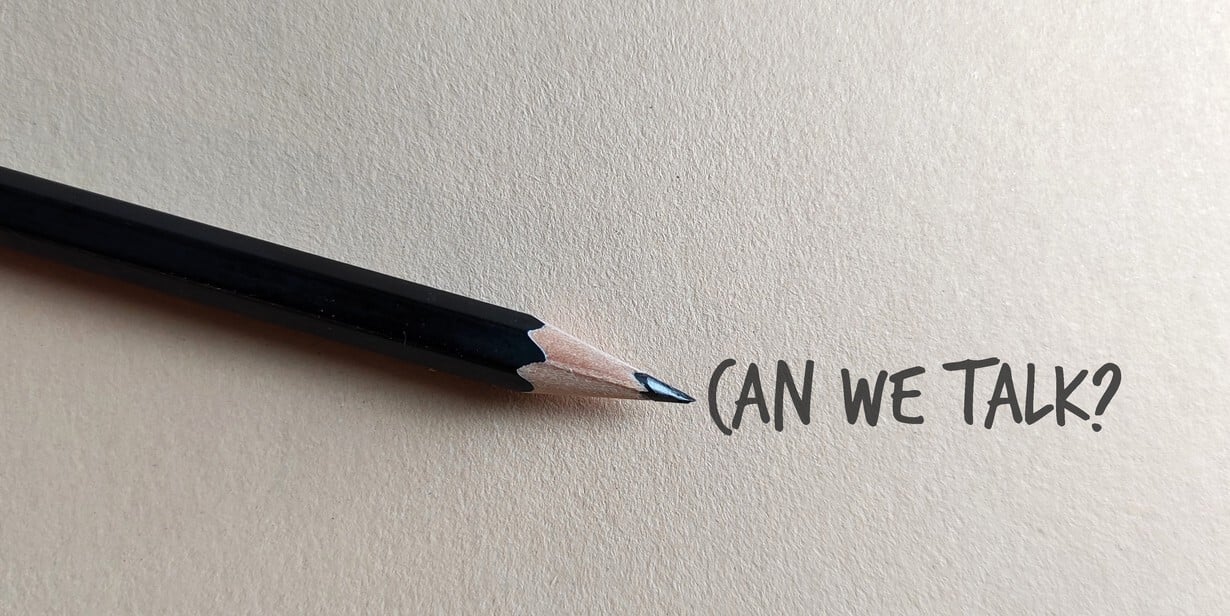We recently partnered with EDRM for a webinar titled “How to Talk to Your Litigators About eDiscovery”, where I co-presented with Francesca Morency, a litigator and Partner at Orrick, Herrington & Sutcliffe. We dug into what litigators really care about when eDiscovery comes up - and how Litigation Support and eDiscovery professionals can meet those needs without diving so deep into technical details that litigators tune out.
Here’s the reality: most litigators don’t want to talk about your software’s latest upgrade. They want to know how you’re going to help them win (or at least manage) a case. This post breaks down that conversation using a few core stages from the EDRM model, and offers practical ways to reframe your approach to working with trial teams.
Data Collection: Starting with the End in Mind
The moment litigation is on the horizon, the conversation has to start with purpose. What is the end goal of each collection? Will we need to retain the data or dispose of it after this trial? The answers shape everything. And for litigators, this information is crucial at the earliest stage.
For the actual collection planning, think like a litigator. What’s the least disruptive way to gather what’s needed, while staying defensible and within budget? Map it out early. Have the hard conversations before anyone touches a device.
eDiscovery professionals need an overview of forensics and devices that need to be collected and from which custodians. One simple (but often overlooked) tactic: use a standard intake questionnaire for custodians. It ensures consistency, saves time, and eliminates a lot of guesswork. Better still, make it a joint effort between the vendor, litigation support, and the client.
Rule 16 of the Federal Rules of Civil Procedure specifically calls out the need to understand data sources early. That makes this phase mandatory, not optional. So yes, even if it feels tedious, it’s worth doing right.
Once you get to the actual collection, litigators will want to know all the various ways we can collect data to try to determine what is the least invasive way to do that for the client. This phase is tedious, but the litigator has to be involved (alongside Litigation Support and/or the vendor partner) significantly because it also makes everyone accountable in case something is missed. Even if it’s painful for litigators to get this detailed, it’s a required event.
Are Your Eyes Glazing Over Yet?
In my experience, data processing and analytics is when this happens for most litigators. But as an eDiscovery services provider – bells and whistles? Yes! Generative AI? We’ll make it sing for you.
Here’s where it’s vital to remember: litigators don’t need to know how the sausage is made; they just want to know: When will this be done? What’s it going to cost? And what’s responsive, privileged, or problematic? Think Occam’s razor: the simplest solution is usually the right one.
We have to somewhat keep ourselves in check when we get to this stage because the client’s needs are paramount. Litigators want to know when the work can be done and if it will be done under budget.
However, when it comes to trial prep, visualizations can make a huge difference for litigators. Many of Proteus’s clients have found this very helpful, especially when they need to explain the process. For example, if they’re asked to explain at a 30,000-foot view how we took the original number of documents and pared it down to the number we actually reviewed and produced.
In Plain English
Technology has a role to play in nearly every stage of litigation, especially during document review, where tools like Technology Assisted Review (TAR) and generative AI can offer real value. But the key is not just in having the tools, it's in knowing when and how to use them. This is where eDiscovery vendors can really shine by initiating early conversations and partnering with both Litigation Support and the litigators themselves. Aligning on strategy upfront ensures everyone involved understands the technology, its purpose, and its limitations, because, let’s be honest, most litigators aren’t thinking about tech unless someone brings it to the table.
Any good vendor should be able to explain in plain English what tools are going to be used and be transparent about the likelihood that something will be missed or an error will be made. Litigators are ultimately accountable for what goes into or comes out of a production. If something goes wrong, it’s their name on the filing. This type of transparency builds trust. Jargon builds distance.
Final Thought: Make It About the Case
Here’s the most important shift eDiscovery professionals can make when talking to litigators: center your conversations on the case, not the technology. If you can show your value in the context of trial prep, strategy, and cost control, you’re significantly more likely to get buy-in. If you lead with features, dashboards, and buzzwords, you’ll lose them before you’ve started.
This is how great litigation support gets done.


.png?width=600&height=100&name=Blog%20ad%20(1).png)
